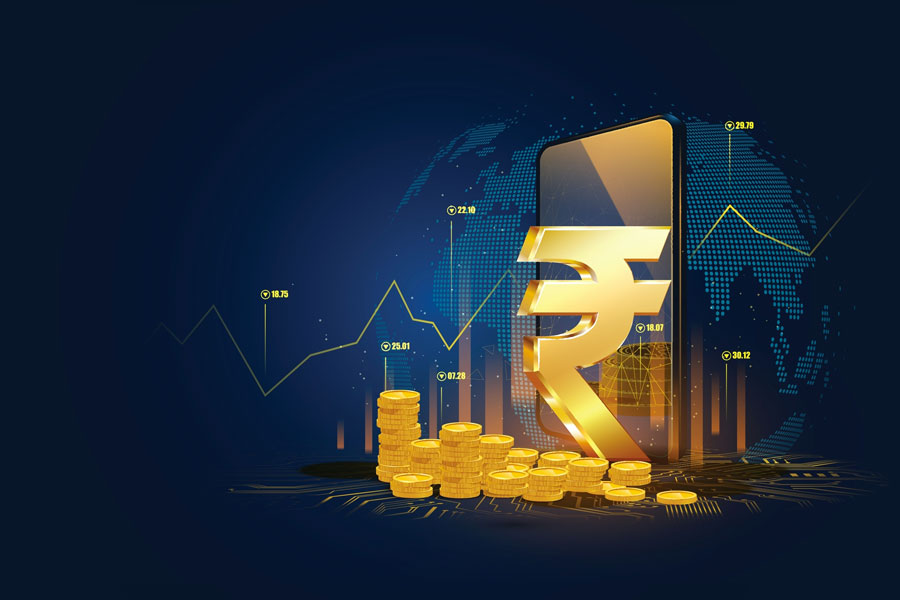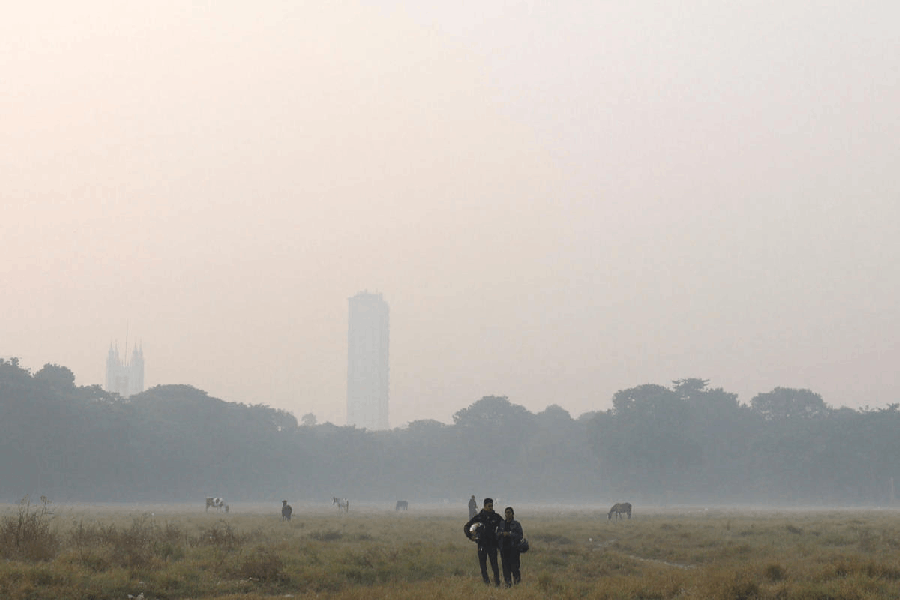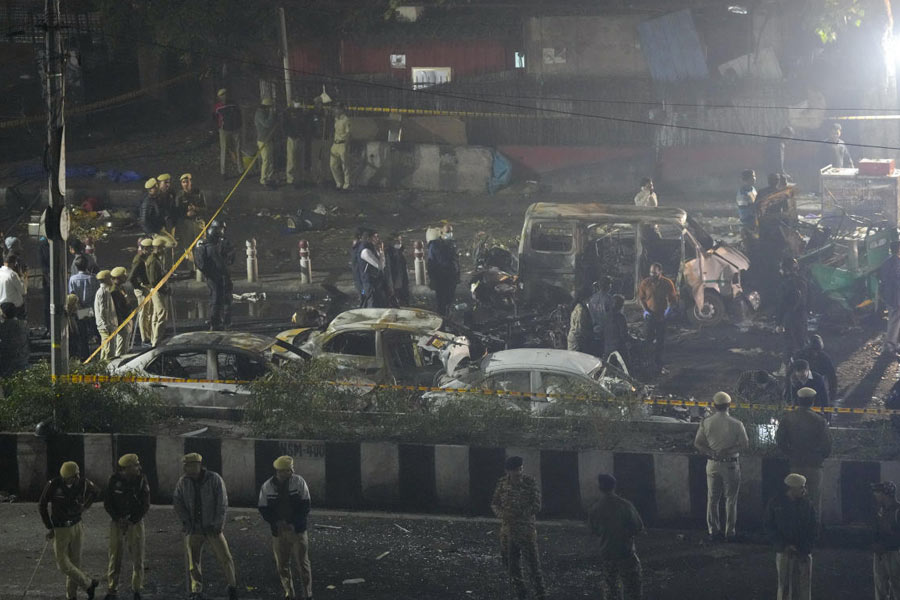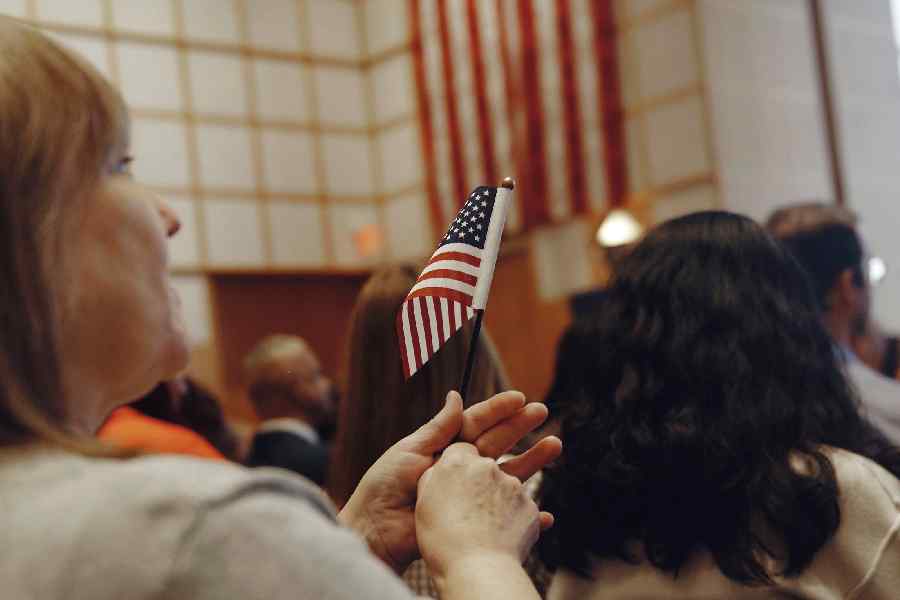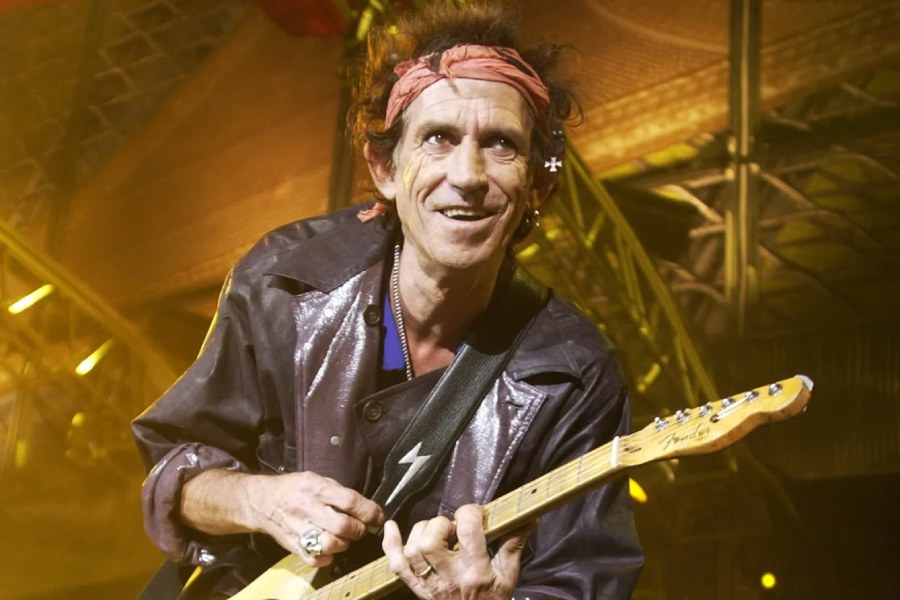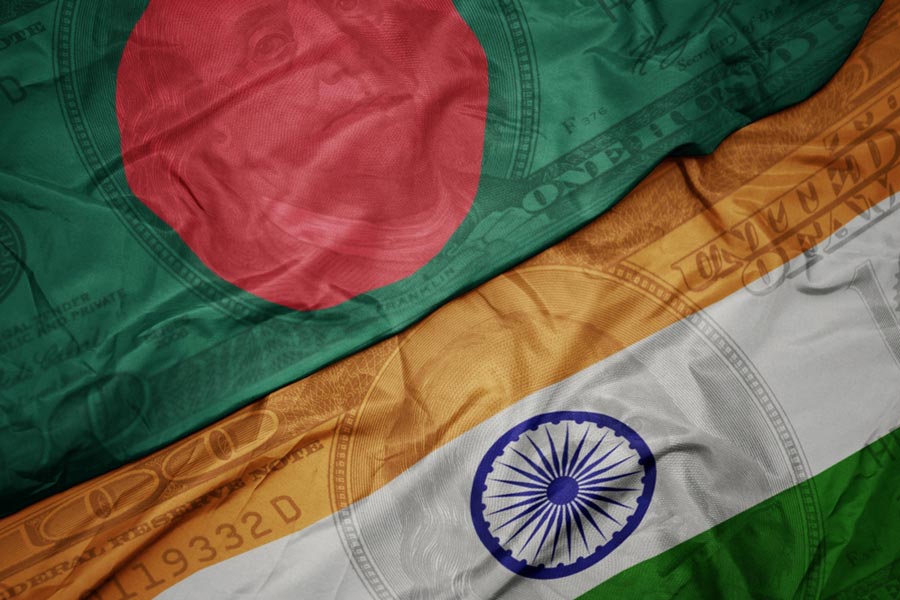 |
| Kejriwal at Chhattrasal Stadium on Saturday. Picture by Prem Singh |
New Delhi, Jan. 25: Like President, like chief minister — but the likeness was confined to the unflinching tones of their Republic Day messages.
Arvind Kejriwal today told admiring schoolchildren he would again “get on the road” if required, asserting the Constitution did not prevent a chief minister from staging dharnas but skirting the need to be held accountable like any other citizen when the law is broken.
Kejriwal used his Republic Day address to claim his two-day dharna near Rail Bhavan was not unconstitutional, although a rule that makes gatherings illegal had been invoked there.
His defence of a chief minister violating the law — which the Supreme Court brought under scrutiny yesterday — came before an audience largely of schoolchildren, in a speech described by a former school principal as a regrettably “adult” and “political” one.
“Some people say (my) sitting on a dharna was unconstitutional,” Kejriwal said without mentioning a petition pending in the apex court. “So I re-read the Constitution and couldn’t find anywhere that a chief minister can’t hold a dharna.”
The Supreme Court had yesterday said that anyone who holds a constitutional office — the Delhi chief minister’s is one — “is governed by the Constitution” but did not specifically say the January 20-21 dharna was unconstitutional.
However, the court had criticised Delhi police, which works under the Centre, for not using force to break up the dharna despite having put the area under Section 144 of the Criminal Procedure Code, which prohibits the assembly of five or more people.
The chief minister said the police’s imposition of Section 144 violated the Constitution, which gives every citizen the right to protest peacefully.
But he did not say why he had not used his right to challenge in a court the imposition of Section 144. Neither did Kejriwal explain why he had not volunteered for punishment since he had flouted a section that was part of the country’s law, which he had vowed to uphold as chief minister.
The police, which played safe by not acting against Kejriwal, said the area was a “sensitive zone” that was put under Section 144 whenever the police feared trouble.
“Obviously, we had to use whatever law was available to prevent the dharna,” deputy commissioner S.B.S. Tyagi said. The officer had also mentioned earlier that Kejriwal had rejected a request to protest at Jantar Mantar instead.
The dharna was meant to press the Union home ministry to suspend five police officers accused of defying two of Kejriwal’s ministers and failing to prevent the rape of a Danish woman.
“If the need arises to get on the road (again), I will not fail to do so,” Kejriwal told the cheering schoolchildren who, along with bureaucrats, traditionally dominate the audience at Delhi’s R-Day functions, held a day in advance.
Asked if the chief minister’s defence of law-breaking protests was an apt message for schoolchildren, Aam Aadmi Party spokesperson Raghav Chaddha said: “Children must know why we had to take up the dharna.”
He added: “Children are taught about Mahatma Gandhi’s march against the (colonial) salt law. Ours was on similar lines.”
The Dandi March of 1930 had electrified India and led to the eventual exit of the British, but the Delhi dharna has till now merely sent two mid-level police officers on leave.
“He gave an adult’s speech to the kids. It was a political speech,” Gowri Ishwaran, former principal of Sanskriti School, which did not send its pupils to the event at Chhattrasal Stadium, said later in response to a question.
“He should have spoken more about anti-corruption values, citizenship and ethics. He has the credibility and it was a good platform. It’s a pity he didn’t utilise it.”
Although Delhi may find some novelty in Kejriwal’s pronouncements and methods, bandh-scarred Bengal will readily recall many political careers built on decades of disruption at the cost of job aspirants in a state yet to live down its reputation though shutdowns are less frequent now.
From the R-Day platform, Kejriwal lambasted the media as well as the police, who he said were too scared to take bribes since his party came to power.
“On my way here, I stopped at a red light where auto drivers told me the police had not been extorting bribes from them,” Kejriwal said. He said a tea seller had slashed the cost of a cup by Rs 2 since the cops had stopped extortion.
On the media, he said: “Yesterday, I received a call from a reporter from a big channel. He said his boss had asked him to do a negative story on the AAP government. Of the first 50 people he spoke to, not one had anything negative to say… so he got a few to speak against the government. Is this journalism?”
Kejriwal, a first-time chief minister, seemed unaware of several protocols or did not want to stand on ceremony. After unfurling the flag, he failed to salute it although the police and others did.
He left the stage soon after his speech instead of waiting for the commander of the parade to ask permission to disband the troops.
Sources said if Kejriwal attended tomorrow’s Republic Day parade at Rajpath, he would sit with ordinary citizens, not in a VIP enclosure. The parade had drawn some uncharitable remarks from Kejriwal during the dharna.
Controversial law minister Somnath Bharti, one of the ministers whose overdrive — widely seen as vigilantism — led to the dharna, too attacked the media. When a reporter questioned him about his failure to depose before the state women’s panel yesterday, he retorted: “How much money have you received from (Narendra) Modi?”
Bharti later apologised for the comment.





